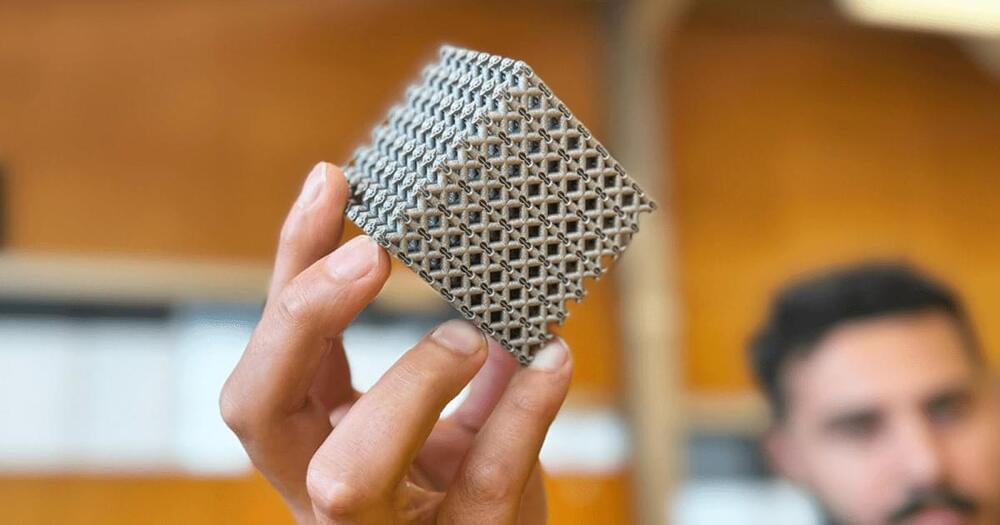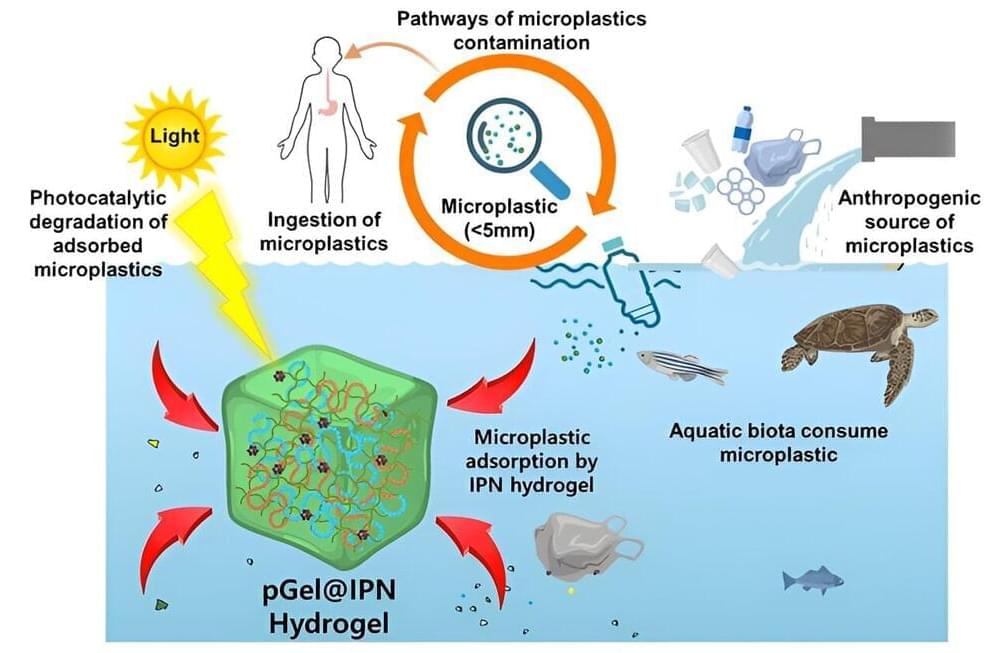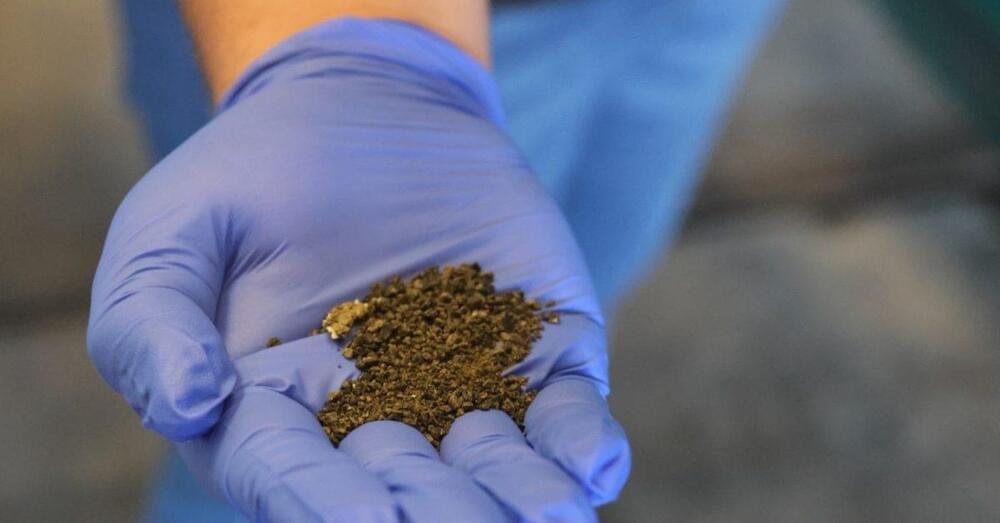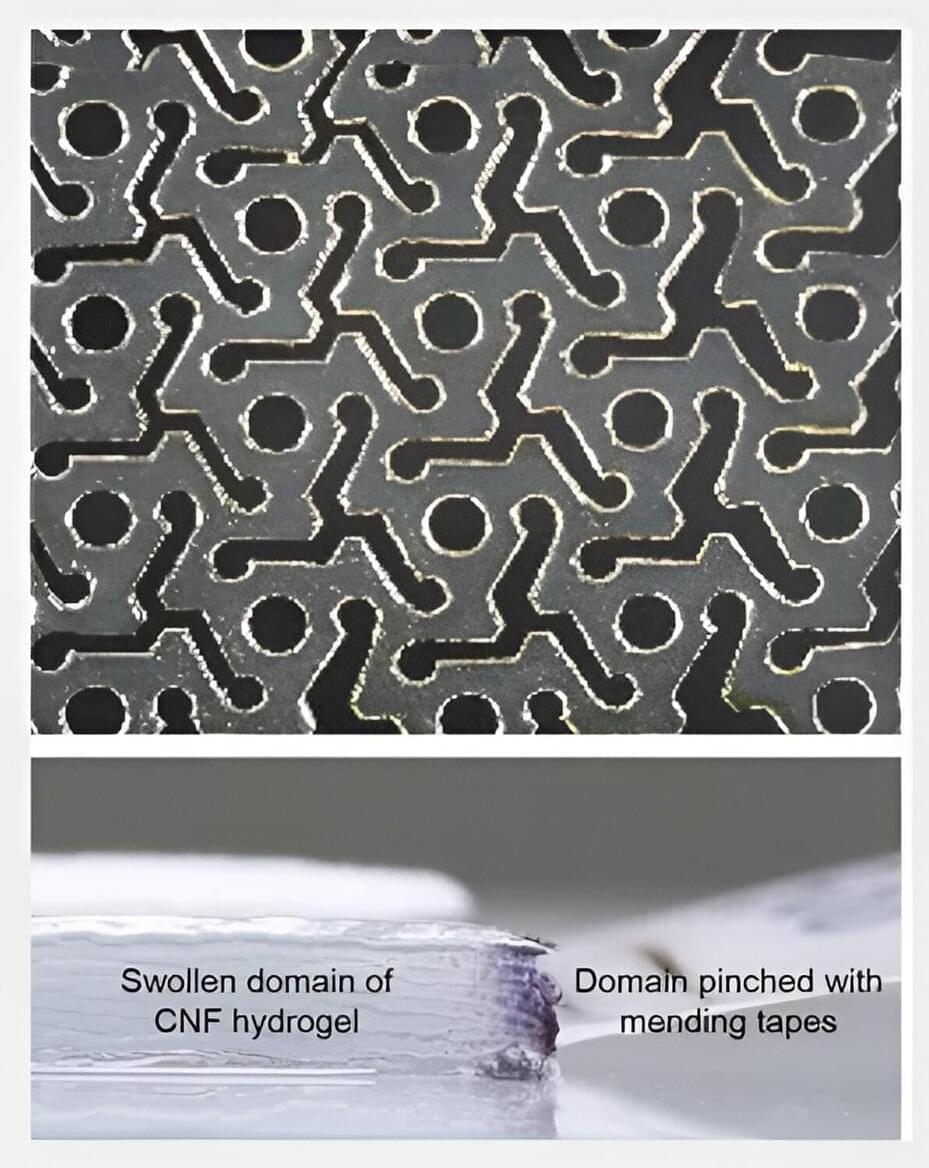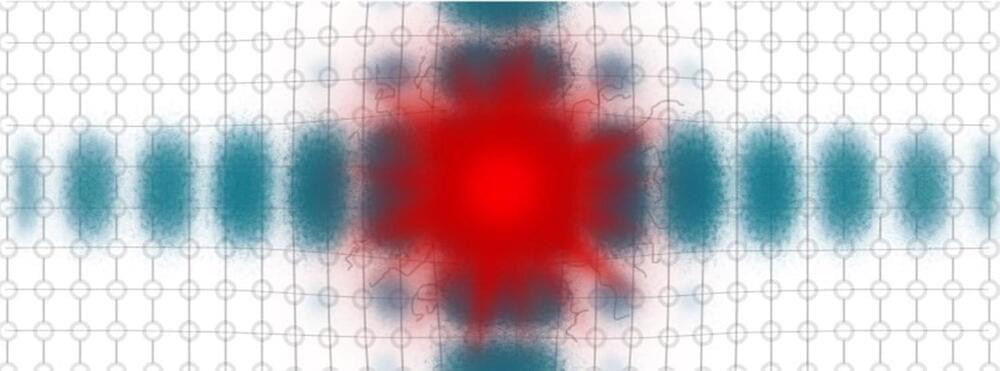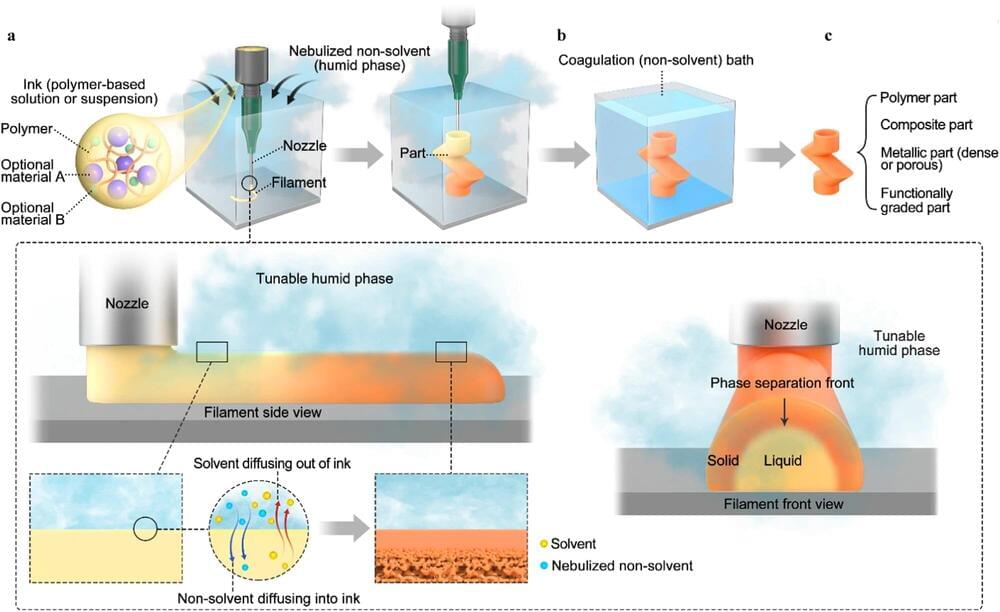Apr 18, 2024
3D-printed “metamaterial” is stronger than anything in nature
Posted by Paul Battista in categories: biotech/medical, materials
Using lasers and metal powder, Australian scientists have created a super strong, super lightweight new — but they got the idea for this sci fi-sounding creation from plants.
The challenge: Materials that are strong yet lightweight, such as carbon fiber and graphene, are used to make everything from medical implants to airships, and developing ones with ever greater “strength-to-weight ratios” is the goal of many material scientists.
In pursuit of that goal, some have turned to nature, looking for ways to replicate in metal the hollow lattice structures, like those in the Victoria water lily, that make some plants remarkably strong.
